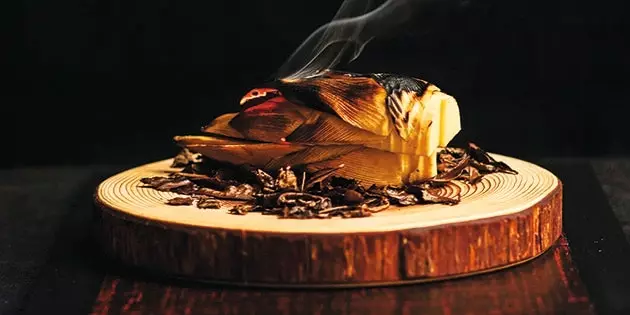
You'll have a hard time forgetting charcoal-grilled bamboo with tea at Jimbocho Den Bill Phelps
For years, people haven't stopped telling me about the Button Bar . "You have to go. It's so amazing, so unique, so Tokyo." "Didn't you live near there? Yes, I think right next to it.” "I can't believe you've never been." To such an extent that I finally felt embarrassed. I have a reputation to uphold. I'm supposed to be the one who knows everything about Tokyo , it is me who my friends' friends call when they are lost or want to find something. So secretly, in the dead of night, I decided to write on Google Maps: Button Bar Tokyo . The zoom started to get closer, the pixels got lighter, and suddenly everything was very familiar: It was my street.
Still in my pajamas, I leaned out of the balcony, looked across the street at me. favorite yakitori restaurant – fine purveyors of curious chicken organ skewers and ice cold beers – and scanned the pencil-shaped building floor by floor: yakitori, law office, english school, record store, irish pub... and a sign with a small red button.
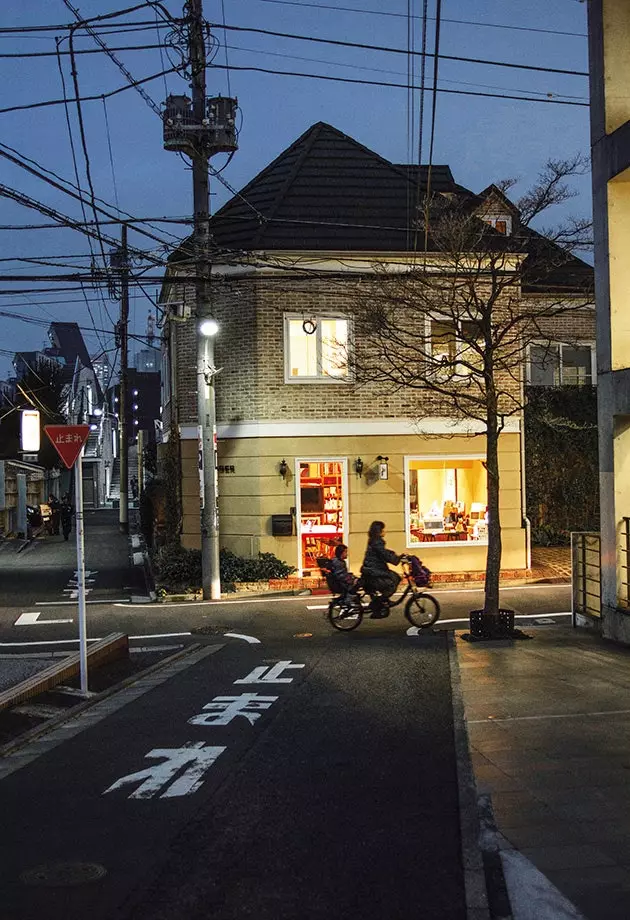
Cycling through the Shibuya district
The 'amazing and unique' bar was less than 20 meters from my own house . I had walked past it a thousand times – and eaten just below it last week – but it had never occurred to me to look up. Tokyo is not a city of lines, but yes layered – top and bottom, front and back, public and private – ; a city where streets are rarely straight and most have no names, where addresses are arranged in circles and they are written backwards. Even taxi drivers don't really know where they are taking you. to be in a country with obsessive compulsive tendencies s, Tokyo feels fundamentally chaotic.
Some say of Tokyo that it is an ugly city, although I allow myself to disagree . I'm assuming, with few interesting sights and a lack of unifying architectural flair, it lacks both the palatial perfection of Paris and the intimidating canons of New York City. Nevertheless, Tokyo has its own compelling narrative : a cyclical story of destruction and rebirth. In their bones of concrete, wood and steel is the DNA of survival; also in its inhabitants. Twice in the last 100 years, Tokyo has experienced near-total destruction. : first, at the hands of nature (in the great Kanto earthquake of 1923) and, later, of humanity (the bombing of World War II) . In Japan stability does not exist.
Few of the brick structures from the early 20th century remain and those that do – like Tokyo Station – have been bizarrely refurbished. as if they were Disneyland attractions . Instead, post-war buildings are much easier to spot: monotonous, utilitarian and thrown in a moment in which Japan had little time or money to spend on pretty designs.
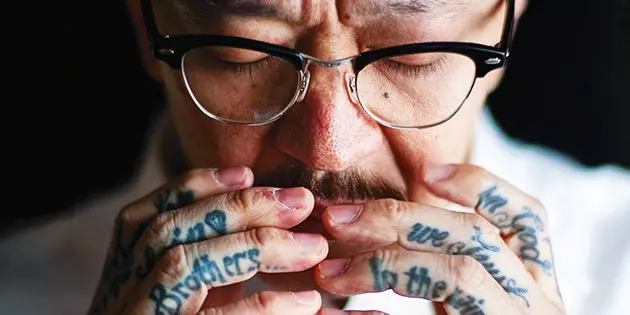
Kei Hemmi, founder of Timeworn Clothing (a 'must' on your next trip to Tokyo)
However, in the 1980s –what was considered the Bubble Era– things changed: the country I was rotten with money and ambition , and their buildings got bigger and bigger, sturdier, or just plain more expensive. Today – and once again – Tokyo is recovering from another set of disasters: of the earthquake and tsunami of March 2011 . Much of the city escaped unscathed – only 200 kilometers away they were less fortunate – but the authorities have lacked time to get the concrete mixers spinning. Modestly called by the Japanese the 'difficult years' , the economy is beginning to improve and people's confidence is regaining.
Japan, as the prime minister likes to say, is back . In both good and bad times, Tokyo has been regarded as a wealthy place. Tourists, even conditioned by the negative economic headlines that venture a culture in terminal decay , they discover an orderly, unspoiled city where a minute's delay on the train deserves an apology and where crime is so low that a lost wallet will almost certainly be returned—money included. within hours.
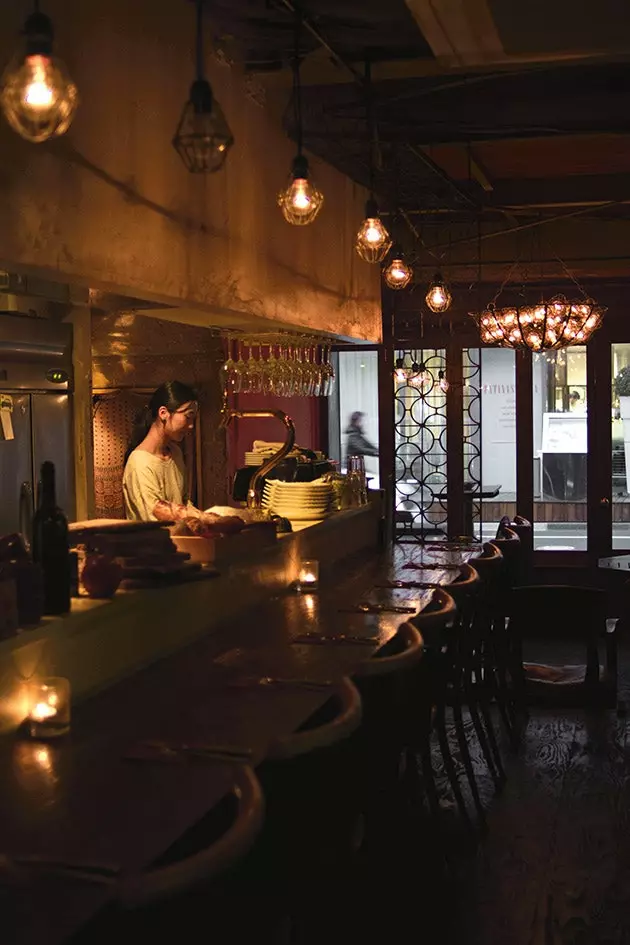
Pignon Restaurant, Tokyo
WELCOME TO MATRIX
I have been in Tokyo for 16 years now and have lived in almost every part of the city, but the neighborhood I love the most is Yoyogiuehara , one of hundreds (each as cozy as a village ) that make up a huge metropolis of 35 million people. My favorite hobby is wandering aimlessly around the narrow alleys carving out this urban sprawl and making new discoveries around every corner: cafes above small clothing stores behind a tatami mat workshop next to an old family run noodle joint .
The neighboring district of Kamiyamacho is fashionable for its gastronomy , with openings of new cafes, bars or restaurants every week. Among them Ahiru Store , a wine bar and bakery with just eight seats, and Shibuya Cheese Stand , that makes exquisite mozzarella and ricotta that is served on pizzas or sandwiches. pignon it is my favorite. Rimpei Yoshikawa is a banner of his generation: he does not accept reservations, he is hospitable and very fresh . Having ventured into more formal restaurants in Tokyo and France, Yoshikawa has changed tack with a bistro where he serves food inspired by his trips to Morocco : beet and cumin salad, venison with roasted figs and spicy lamb sausage.
Of all the districts in Tokyo, none have as many faces as Asakusa . Known for its 'places of pleasure', it is also home to the oldest temple in the capital, Senso-hee . Every day, thousands of visitors walk along the avenue that leads to it, but very few stop to explore the neighborhood . If they did, they would discover – squashed incongruously between two colorless concrete structures – a two-story wooden house brought over 50 years ago from a village in the mountains. Today it is a small kaiseki-type restaurant, the waentei kikko .
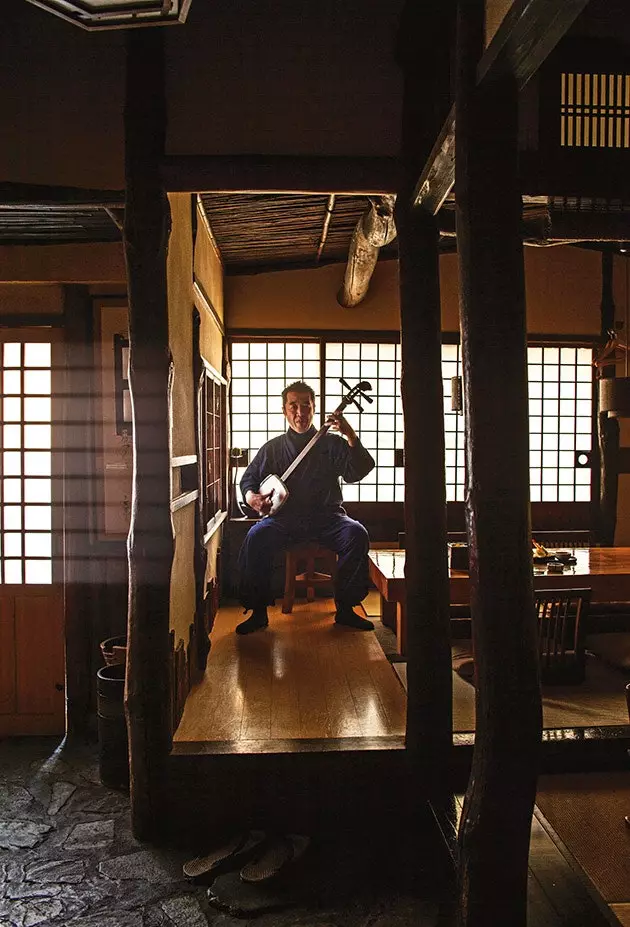
Kodai Fukui, owner of a small kaiseki restaurant where he regularly plays the tsugaru shamisen guitar for his diners
Each neighborhood has its secrets, even Ginza, with its grand boulevards and promenades . If you go through a secret opening right next to the vending machines you will find a large white and blue curtain with a bell. Inside, after climbing the stairs, you will discover sushi ichi , where Masakazu Ishibashi serves up daringly innovative dishes in a district where most chefs cling firmly to tradition.
“ Being in Ginza means I can have one foot in the past and one in the future. says Ishibashi, who comes from a family of sushi chefs and spent several years in California. “I don't think I'm breaking traditions. All I do is try to express myself ”. Dishes like steamed crab risotto cooked inside the crab shell with sea urchins and sushi rice, served with a topping of salmon roe , are emblems of his creativity. But it is his simple nigiri sushi that he is most proud of, and rightly so.
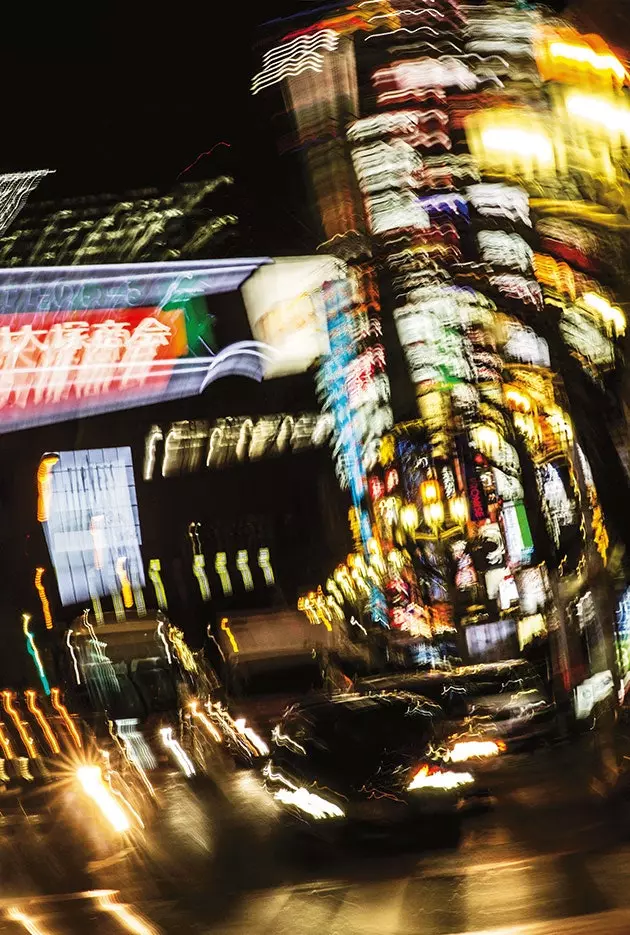
Neon lights in Ginza
A NEW ORDER
One of the most fascinating layers of contemporary Tokyo culture are the new generations. Young people today are free-spirited and open-minded and question the established ways. It is clear that they are talented people, there is no doubt about that; also they are a reflection of how much Japanese society has changed.
The 20 years of economic stagnation - which began in the early 1990s and which Japan worked so hard to overcome - are commonly called the lost decades . From a cultural perspective, it was much more than that. Those who saw the yoke of corporate servitude as normal they were forced to think about what they really wanted to do with their lives . For many, the answer was to fend for themselves.
Zaiyu Hasegawa is the fresh face of a generation of exciting young chefs transforming Tokyo's food scene . his restaurant, Jimbocho Den , it's extraordinary. Her mother was a geisha , and he has hospitality in his blood. Although he grew up surrounded by tradition, food expresses its irreverent character : He serves an unorthodox dessert in a garden shovel. Joking apart, Hasegawa is serious about food . His menus feature Japan's best seasonal ingredients: cuts of the finest wagyu beef over rice in June, or tender fillets of autumnal Sanma fish with gingko nuts in October.
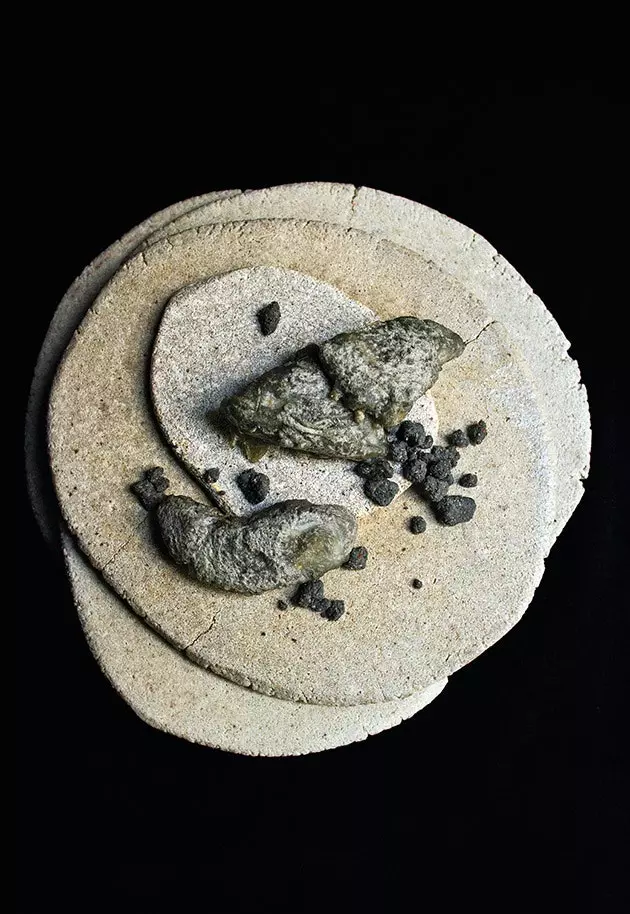
Charcoal Cured Monkfish at Jimbocho Den
Each plate is presented in an impressive piece of ceramic, chosen by his friend Kenshin Sato , whose little shop, Utsuwa Kenshin , is another treasure worth visiting, with ceramic pieces by new and established Japanese artists.
Hasegawa is an Instagram addict . He uploads selfies with his clientele –René Redzepi, from Noma, has appeared in more than one–, portraits of his chihuahua Pucci and photos of Sunday walks to his favorite coffee shop. With as many followers as if it were a place of worship, Omotesando Coffee is the brainchild of Eiichi Kunitomo, Japan's most successful businessman and barista . Located inside an old house with a bonsai in the corner It has been around as such for a year or two (the property was scheduled for demolition). “The owners really liked what we did with the space, so they will let us stay longer ”, Kunitomo tells me as he prepares one of his famous delicate iced cappuccinos. “ The flavor retains its milder form if the beans have room to breathe. ”.
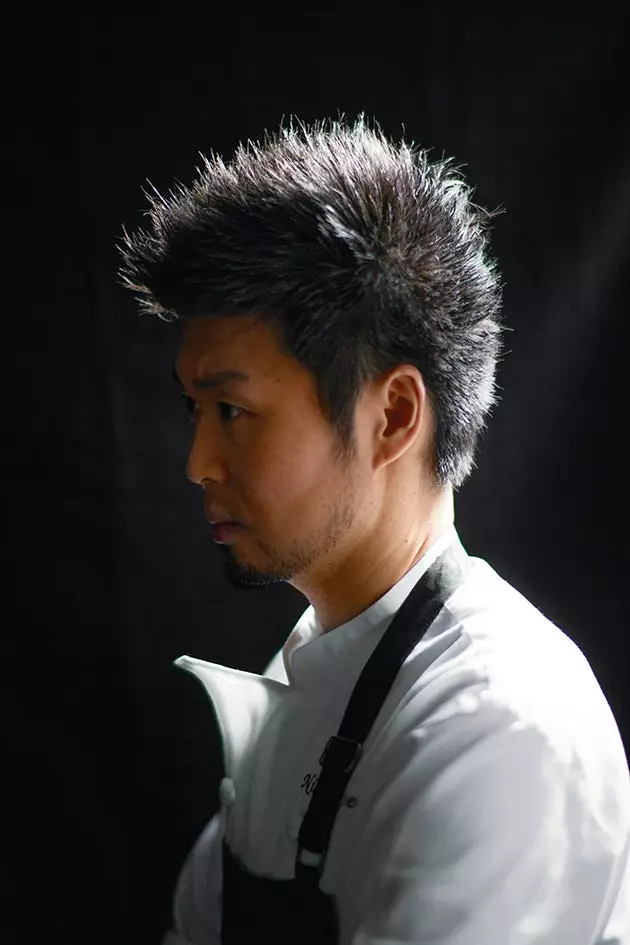
Chef Zaiyu Hasegawa
Despite the owner's generosity, threats like the one looming over Omotesando Koffee are quite common due to business pressure . Prices are rising, and investors have an insatiable appetite to make the most of the 'fertile ground'. Entire neighborhoods are being rehabilitated ; and community spaces, replaced by towers and squares. The powerful call it: efficient spaces; safer in case of earthquakes, friends of politics often say.
Others are more concerned that the very fabric of the city is being ripped to shreds.. Bohemian Shimokitazawa , for example was once considered the Williamsburg of Tokyo , has been dismembered to carry out a massive infrastructure project in which residents have seen how an old train station has been ripped out to replace it with a glass and steel box without any kind of soul. An organization called Save the Shimokitazawa is being relentless to stop it.
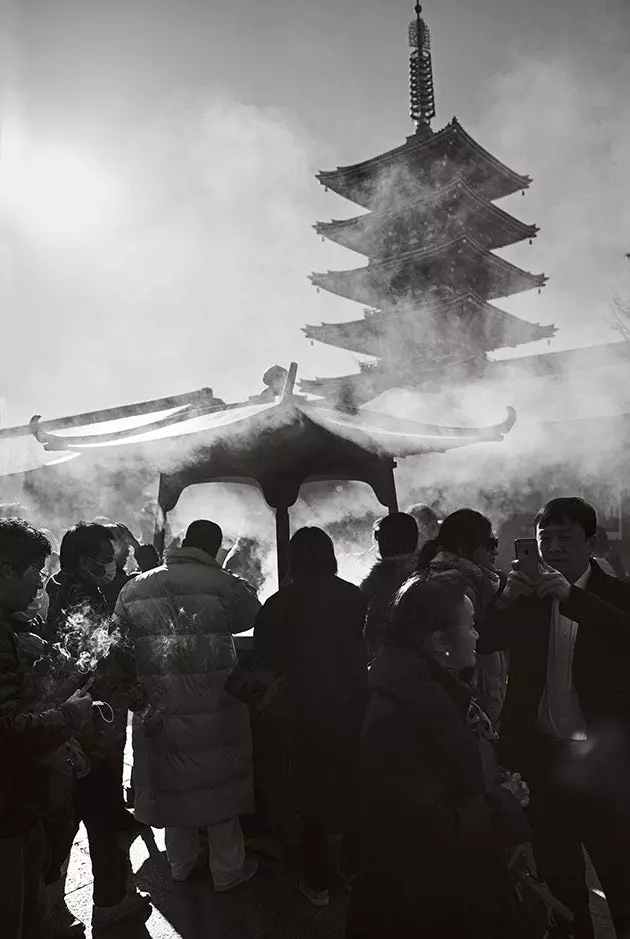
Devotees at Senso-ji, the oldest temple in Tokyo
MARKING THE TEMPO
The construction sector has been going strong since Tokyo won the bid to host its second Olympic Games in the summer of 2020. His first Olympics, Tokyo 1964, were a catalyst for an incredibly fast makeover. which heralded the renaissance of Japan after World War II. Even today, the infrastructures built for those games – the impossible highways between buildings and over rivers; and the shinkansen, or bullet train , which takes and brings people to and from the capital– are the veins and arteries that keep Tokyo moving . And they want it to happen again: the Government is determined to use the Olympic Games to show a stronger and safer country. in his eyes, this means new skyscrapers, train stations and, yes, roads (Loop Road No. 2 is currently under construction, which according to the latest news, will be renamed Olympic Road, and which links the stadium with the Olympic village).
To get an idea of what Tokyo 2020 could be, just visit Toranomon , a sprawling high-rise district of languid shops and characterless office blocks that sit in the shadow of the capital's second-tallest building, the Toranomon Hills (whose motto is: Tokyo's future starts here ”), Mori Building's most ambitious project. The previous projects of this real estate company were quite criticized for their ostentation – brand name stores, unaffordable apartments, elite art shows – at a time when luxury was out of fashion. This one, however, is more in tune with the new times: yoga sessions in the morning and music concerts in the afternoon in the park and quality gastronomy.
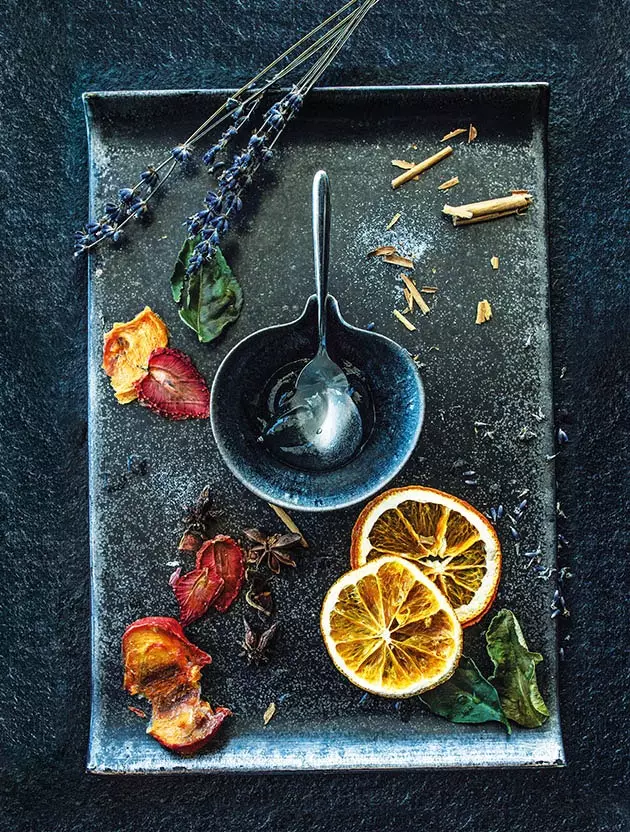
Organic Spa Ingredients at Andaz Tokyo
The last seven floors of the main tower are occupied by the Andaz Tokyo , a hotel that has brought a “more relaxed” five-star service to Tokyo for the first time. “People are still getting used to this kind of treatment. We need to educate her”, says her director, Arnaud de Saint-Exupéry, who opened the first Andaz in London before moving to Tokyo.
Your new competitor is love tokyo , which opened its doors last December, bringing intimate luxury to a city hungry for international boutique hotels. And the already established groups have to play their cards. The okura-hotel , whose retro lobby was used in the James Bond movie You Only Live Twice , will close its historic main building later this year to build biggest one in 2019.
even the Mandarin Oriental Tokyo Barely 10 years old, it's undergoing renovations and The Pizza bar has just opened on the 38th floor, following in the wake of the recent success of its cozy lobby sushi restaurant. So much change inevitably creates an air of optimism , which after several difficult years, the truth is welcome. The fight against the bureaucrats, who are making radical decisions that will change the face of Tokyo in just a generation, awakens the genius and the urgent emotion of preserving heritage. Minoru Mori , tycoon and patriarch of the Morí building who died in 2012, told me in an interview that there was hardly any place in Tokyo – except for parks and temples – That he would not have liked to uproot and rebuild according to his own vision of what the city should be. That included the opening of more green spaces and bringing people closer to their workplaces.
His goals were admirable . But those of us who really love Tokyo can only hope that these kinds of ideas will fall by the wayside. that it is possible to preserve that priceless sense of intimacy of the city, so active and at the same time so intangible . The day after I found out where the Button Bar was, I went there for a drink. It didn't take me long, just ten steps down my street and six floors of elevator. I liked it though I have no idea why it's called 'the button', probably due to the speed with which it closed just two months after my visit. But along the way I came across a new address to recommend: Gen Yamamoto , a place named after its bartender and owner. Watching Yamamoto at work as he inventively crafts cocktails and serves them with the elegance of a tea ceremony is an incredible experience. So unique. So Tokyo. I wish you good luck if you want to find it.
* This report is published in number 86 of the Condé Nast Traveler magazine for July-August and is available in its digital version to enjoy it on your preferred device.
*** You may also be interested in...**
- World markets where to eat and be happy - Reasons to idolize Tokyo, today and in 2020 - Tokyo Guide
- Kyoto, on the hunt for geisha - What does a sumo wrestler eat? - Small Japanese Vanguard
- Zen for Beginners: The Best Japanese Gardens Outside of Japan - Guide to Getting Your Tip Right
- Japan: to the reconquest of the Spanish tourist - Suitesurfing IV: to Japan, without pajamas - Atlas of the customs of Tokyo
- Emerging Food Powers: Tokyo - Life Beyond Sushi: 11 Japanese Dishes You Don't Know - The ABCs of Sake
- 14 things you should know before traveling to Japan for the first time
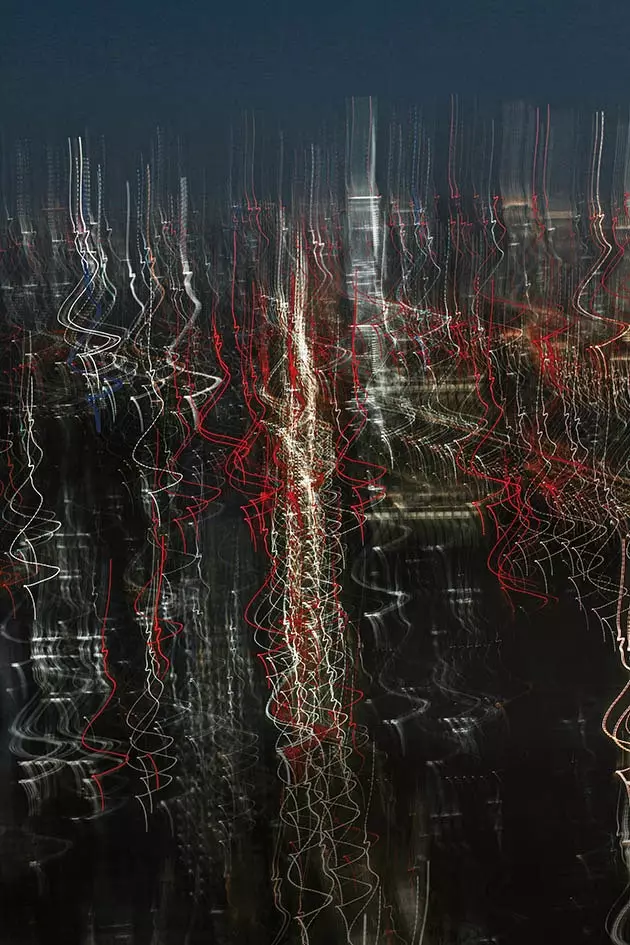
Tokyo at night from the terrace of the Andaz Tokyo hotel
